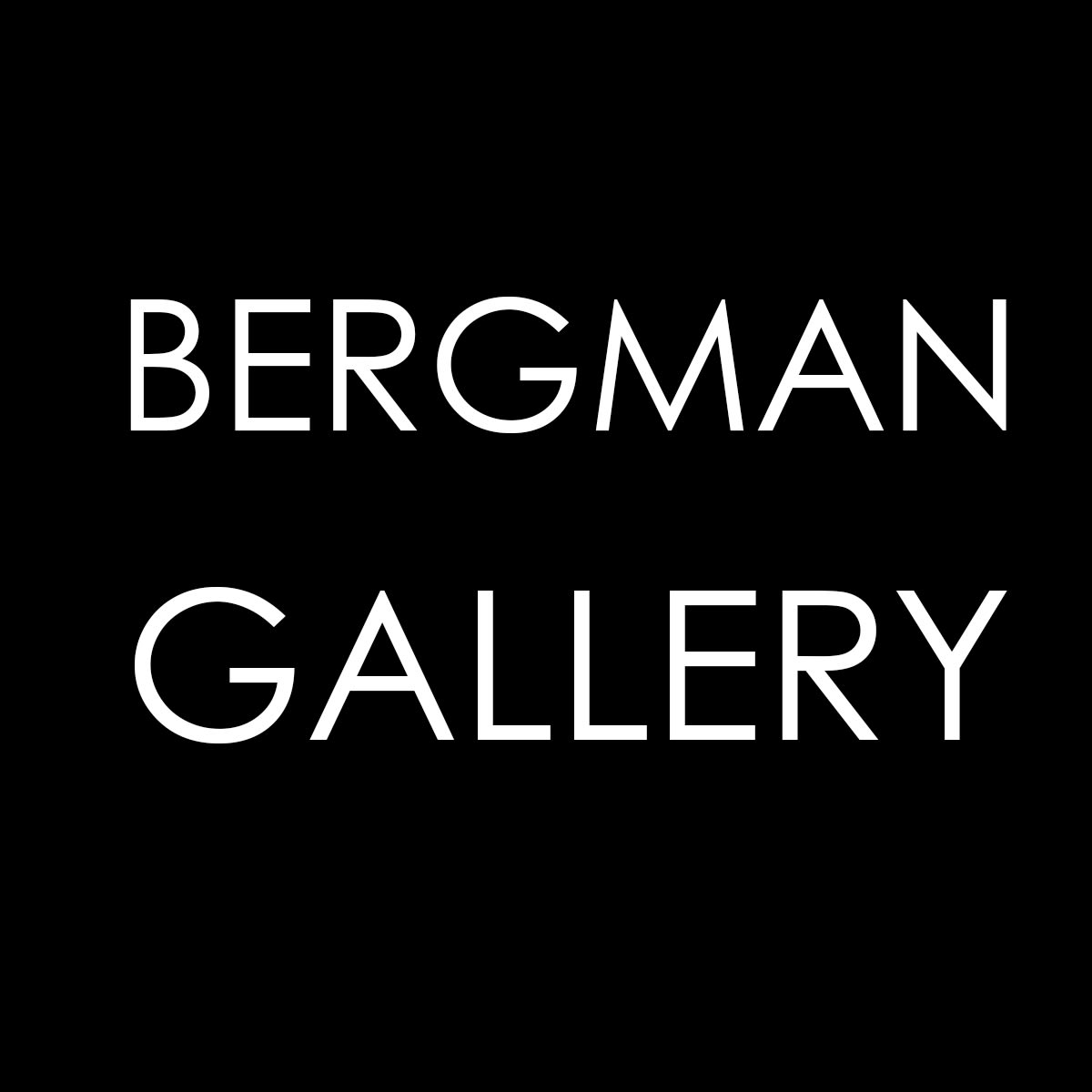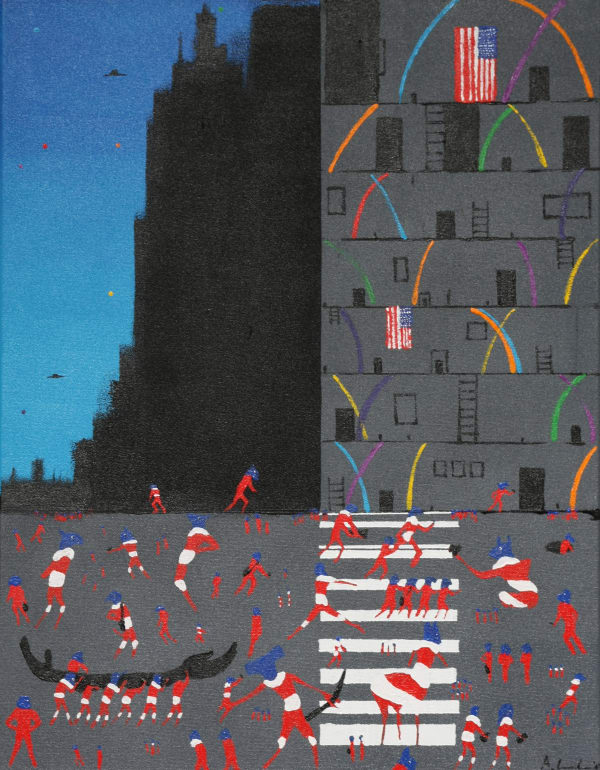I borrow this title from Nigerian author Chimamanda Adichie, who insightfully asserted that hearing only one story about a people or nation leads to ignorance. Ms. Adichie posited that “The single story creates stereotypes. And the problem with stereotypes is not that they are untrue, but that they are incomplete. They make one story become the only story.”
I was reminded of her warning recently, as I sited an art exhibit from the Pacific islands. For more than a century, we have thought of it mostly in the language of spears, masks, and feathers. Last month, in his opening remarks for the exhibition “MANUIA!” at the American Indian Community House gallery space in New York City, Ben Bergman, the curator of the show, said “Art is not a language of any particular culture, it is an expression of the human experience at any given time.” The overarching aim of the exhibit is to challenge our preconceptions, loosening the stranglehold of Paul Gauguin’s hundred year old vernacular, and to remind us that contemporary art isn’t the exclusive domain of artists from the West (recently joined by nouveaux riches nations such as China). “This is not [art] that you would immediately expect to see from a ‘stereotypical tropical Island’ and this is a fundamental element of the exhibition MANUIA! – Perception” he exclaimed.
It is astonishing to think that the single story of island life has remained as prevalent as it has. It cannot be denied that Gauguin’s exploration of primitivism had a powerful influence on modern art – Picasso,Matisse, and van Gogh were all influenced heavily by his subject matter and technique. But Gauguin’s success, compounded by a dated understanding of the culture of these islands, mean that this one story has become the only story.
Several years ago, as French President Jacques Chirac worked on his legacy to the French cultural landscape (a tradition that has given us Pompidou’s Beaubourg and Mitterrand’s pyramid and opera), he decided to focus on his long-standing passion: various collections were requisitioned, and indigenous starchitect Jean Nouvel was d rafted to create a landmark “Museum of Primitive Arts”. That name was soon changed to “Musee du Quai Branly” (showing indigenous art of the Americas, Africa, Asia and Oceania) as “primitive” was deemed politically incorrect. But while the new language now refers only to the location of the museum, it has not removed the weight and constrictions of its history: the museum in fact hardly exhibits any contemporary works.
Back in New York, in his opening night remarks Mr. Bergman underscored that the MANUIA! exhibition is seeking to do away with these historical stereotypes and the unrelenting institutionalized ideas of the Pacific region and, by default, of the art that is created there. MANUIA! is comprised of work from the Cook Islands in a wide range of media – from traditional paintings to photography, video, and digital prints. It portrays a rich, diverse and thriving artistic scene, far removed from the historical legacy of Gauguin and the confinement of colonialism. As Mr. Bergman so clearly stated “[the exhibition] seeks to comment, free of cultural expectations and national boundaries.”
Among the art pieces, the work of Andy Leleisi’uao, a Samoan-born New Zealand-based artist, had particular resonance in its Manhattan setting. Created for this event, a set of seven acrylic-on-canvas rectangles are aligned horizontally and named individually from left to right, with the days of the week beginning with Thursday. A hollow sun in the middle of a deep blue-sky lands right on the center of the arrangement, on Sunday. Masterfully choreographed, the streetscape depicts a bustling New York City. The streets are full of alien beings, silhouettes of half-human half-animal living things, with red and white striped bodies and blue heads. These read as New Yorkers: on the phone, carrying bags, walking among the masses, purposefully heading towards nothingness. The piece scrutinizes the human-scape of individuality in society through a stream of enigmatic imagery. It is Bosch’s Garden of Earthly Delights transplanted to the big apple and divided by seven instead of three. The style of the silhouettes is similar to the work of artist Kara Walker. Both Leleisi’uao’s and Walker’s figures work to bridge unfinished folklore in Samoan as well as African-American culture while raising identity issues.
Mr. Leleisi’uao, currently completing an artist residency at the Artists Village in Taipei, explained to me that he is creating in this work a bridge “where imaginary creatures can exist within environments that are familiar to us. The paintings negotiate the place where we exist in relation to these mystical beings.”
In a recent essay, New Zealand Curator Ron Brownson wrote of Mr. Leleisi’uao; “His art is about people and how they get on together, as lovers, as families, as insiders. As immigrants.” There is no other place on earth where one can better explore the nature of immigrants than the very place where the work is being shown, New York City. Almost as if the artist is showing us a snake eating its own tale. A hollow sun.
As a Colombian-American artist living in this city, it is disappointing to only be able to name Botero, Kahlo, and Rivera among the very few from my home region that have achieved global acclaim. For how long should we expect this singular story of Latin America to endure?
For the outcome of the single story is this: it flattens our understanding of art and of each other in a now globalized world. As Ms. Adichie preaches, “it makes our recognition of our equal humanity difficult. It emphasizes how we are different rather than how we are similar.” How is the quality of the mostly Western art that we see in galleries or in auction houses in New York different from that of the art being made in the Cook Islands, Lagos or Medellin? It is not. We must encourage institutions the world over to balance the system so that we think of all art, judging by the strength of the ideas behind it, as potentially equal.
The “MANUIA!” exhibit at the American Indian Community House, 11 Broadway Second Floor, New York, NY 10004, Tel: 212-598-0100. MANUIA! runs through May 29, 2010.
A review of the BCA exhibition MANUIA!
Huffington Post, NYC, April 28, 2010.




